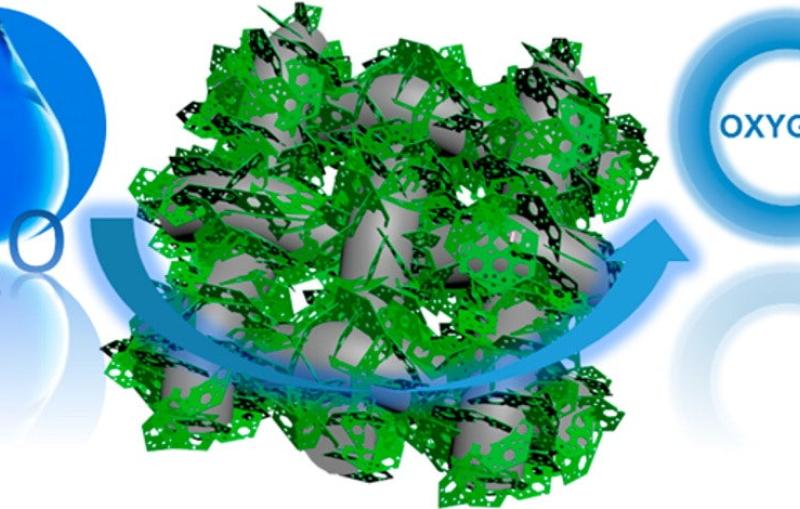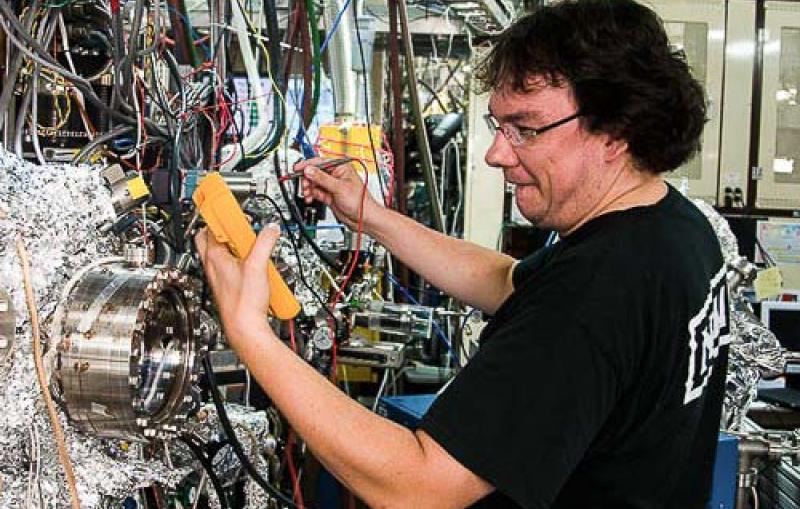News Feature
VIA Stanford Energy
New Fuel-cell Materials Could Pave the Way for Practical Hydrogen-powered Cars

News Feature

One of the most urgent challenges of our time is discovering how to generate the energy and products we need sustainably – in a way that doesn’t compromise the well-being of future generations by depleting limited resources or accelerating climate change.
Related Link:
Energy sciences

